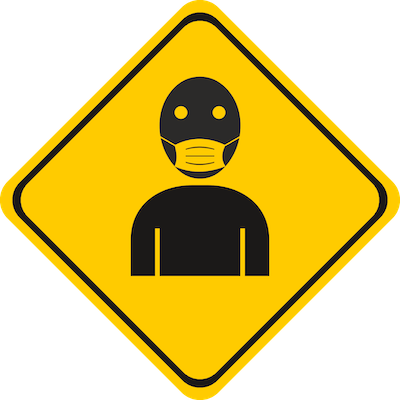Thank you for those who have sent us your thoughts on the answer provided by Keele Senior Management Team to the questions we sent them( see Keele Responds to Members’ Health and Safety Questions).
If you have not shared your views and would like to then please email us at committee@keeleucu.co.uk
We wanted to share one of these responses with you here:
Dear Keele UCU,
I am not a member of Keele UCU, however I am married to a UCU member, and wanted to write to express my concerns about the plans for a return to face to face teaching this semester. I have read the questions from members and the answers provided by the SMT and have to say that I am disappointed (but not surprised) by the disdain for staff well-being shown in the responses.
As context, I work in a healthcare setting and have predominantly been working from home during the pandemic. Currently, I can offer face to face sessions to patients only when absolutely necessary (and remote options have been explored and deemed not suitable) and only with appropriate 2m social distancing and PPE. This is only for one to one consultations. Any kind of consultation with more than one attendee must be done remotely.
Given this, the plans for a return to face to face teaching at Keele make no sense to me whatsoever. I think the SMT need to come up with a plan to address staff and student safety given what we know about the features of infection transmission, which underpin the contact tracing stipulations.
The key points to bear in mind are:
- we know that a person coming into contact with someone who has COVID-19 either within 2 metres for more than 15 minutes, or within 1 metre for 1 minute or longer is at high risk of infection and would be asked to isolate for 14 days.
- some studies have found that around 30% of people with COVID-19 are asymptomatic and one recent trial has found that around 69% of people testing positive had no symptoms at the time of testing. Only today we have heard more about the dangers of the virus being spread to more vulnerable populations by younger people who are either asymptomatic or have very mild symptoms.
- the virus is more easily spread in environments where people are shouting, talking or singing for long periods of time – which would seem to me to describe a small seminar room, with seminars going on for an hour or longer, pretty well.
And so, my questions are:
a) Are there enough large seminar rooms available – which are big enough to enable 2m social distancing whilst also taking into account the logistics of timetabling within the teaching block?;
b) Is it even possible to manage the level of movement that would be required on campus for people to get to and from their classes in a safe, socially distanced manner?
c) I’ve noticed that the answers the SMT give mention that a mask and/or a visor can be worn by staff – as far as I’m aware, given the contact time and the nature of the contact, a visor alone would not be deemed adequate PPE, as a visor only really protects against transmission through the eyes whilst doing very little to prevent droplets transmitted in the air and then being inhaled through the mouth/nose; c) what are the plans for a proactive rather than reactive response to testing of staff and students – I talk about why this is so important below;
d) given, as mentioned above, that all staff doing face to face teaching under the conditions described would be at high risk of infection and therefore should be wearing adequate PPE what consideration has been given to how feasible it is for staff to facilitate seminars lasting an hour or more whilst wearing a mask whilst still delivering high quality teaching (believe me, it’s hard, hot and uncomfortable to talk in a mask for an hour, I’ve tried it)?
On point c) above, I don’t think that the SMT have a clear or proactive enough plan around testing (given the rates of asymptomatic transmission) and communication of the need for isolation even when displaying very mild cold-like symptoms.
The symptoms that must be considered a possible sign of infection are: a new, persistent cough, fever and loss of taste or smell PLUS:
- Shortness of breath or difficulty breathing
- Fatigue
- Muscle, joint or body aches
- Headache
- Sore throat
- Congestion or runny nose
- Nausea or vomiting
- Diarrhoea
- Rash
- Sore eyes
A full list of symptoms can be accessed on the WHO website. Also, given the issues around asymptomatic transmission, what are the plans for random testing of staff and students to pick up such cases?
On a personal note I would add that none of the people I know who have tested positive for COVID-19 (which is a fair few, given I work in healthcare) have displayed the main symptoms of a new, persistent cough, fever and loss of smell/taste.
In my opinion, Keele SMT have not yet responded adequately to concerns raised by the community. These plans for a return to face to face teaching have been developed at the last minute, appear ill thought-out and are potentially dangerous. They should be challenged on this in the most robust fashion to prevent needless illness amongst staff and students (and their family members).
[Anonymous]
If you have not shared your views and would like to then please email us at committee@keeleucu.co.uk
